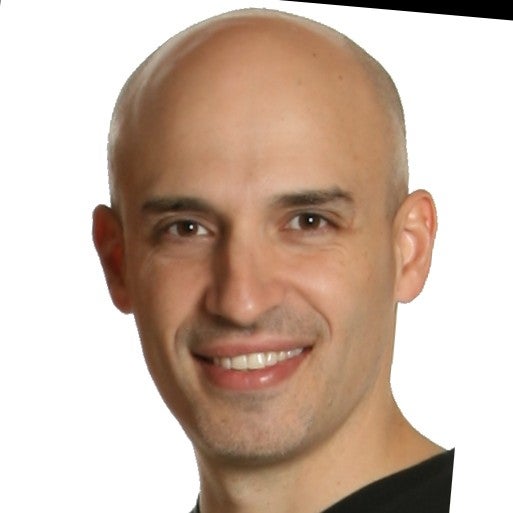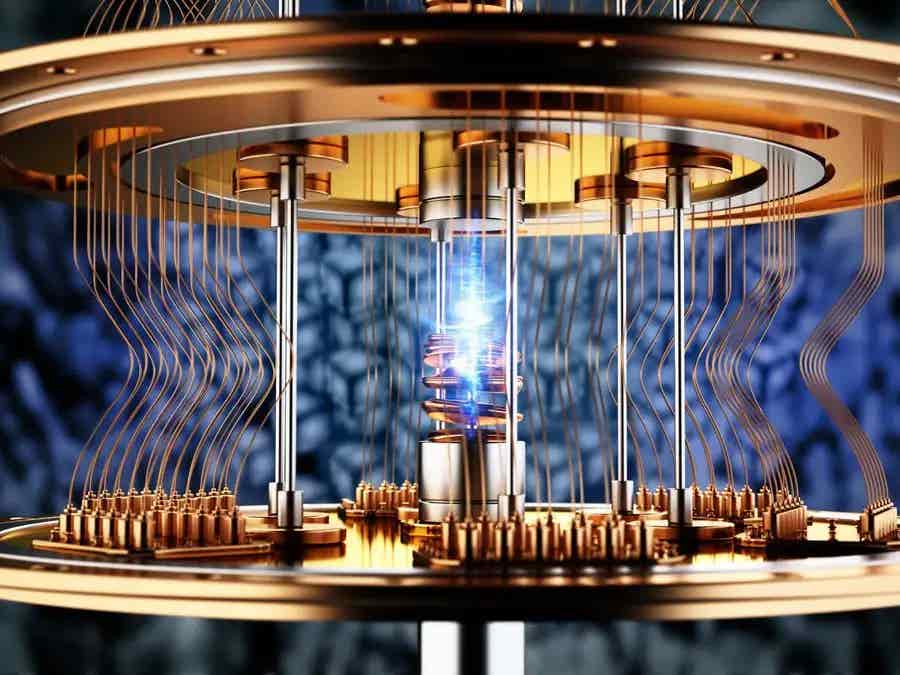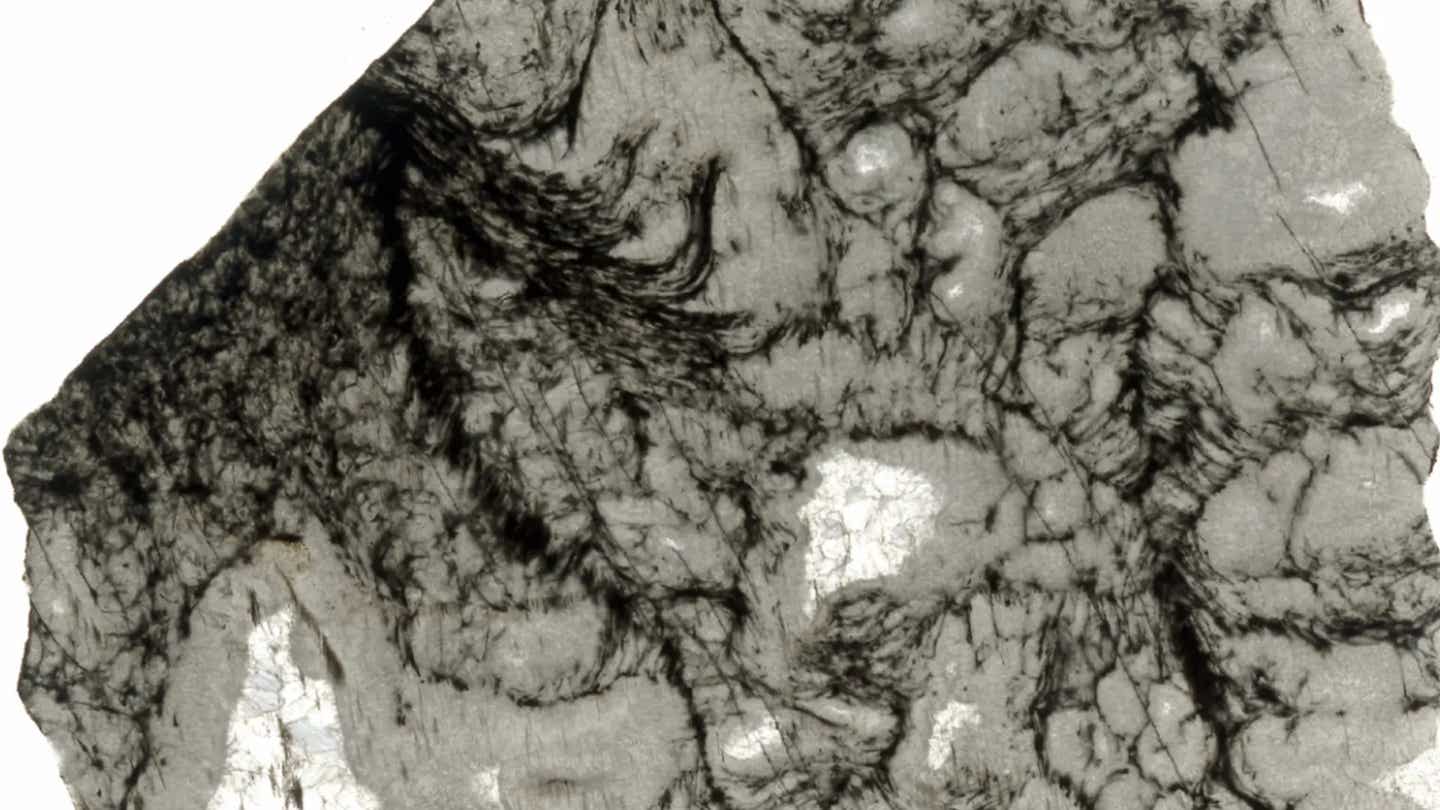Reading a quantum clock takes more energy than operating it
Researchers find reading a quantum clock consumes far more energy than the clock itself, reshaping ideas about time and measurement.

 Edited By: Joseph Shavit
Edited By: Joseph Shavit

Most of the energy cost in quantum timekeeping comes not from the clock but from the act of observing its tiny ticks. (CREDIT: Wikimedia / CC BY-SA 4.0)
The steady tick of a clock usually feels simple and dependable. Something swings or vibrates in a controlled rhythm and marks the passing of each moment. What you rarely notice is the hidden cost behind every tick.
Timekeeping works only because something in the system produces disorder, or entropy, as it moves forward. This rule holds from wall clocks to the most advanced atomic clocks. At the smallest scales, though, that simple idea becomes far stranger. In the quantum world, a clock can sometimes tick in reverse, and under certain conditions it may feel like time stops altogether.
A recent study published in Physical Review Letters takes you deep into that strangeness. A research team built a tiny quantum clock made from a double quantum dot, a device that holds a single electron in one of three places. They wanted to know how much energy such a clock needs to work and whether that cost comes from the device itself or from something else. What they found challenges a long held belief about quantum measurement and highlights a surprising source of entropy. You pay the real cost not when the electron jumps but when you watch it jump.
A Quantum Clock That Can Run Backward
The researchers built their clock from three distinct states labeled 0, L and R. Each label describes where a single electron sits inside the double quantum dot. Heat flowing from a hot environment to a colder one drives the electron through a cycle of states. When the cycle runs 0 to L to R and back to 0, you get what the researchers call a forward tick. When random thermal noise pushes the electron in the opposite order, the clock ticks backward.
If both thermal environments reach the same temperature, the forward and backward ticks happen equally often. That means the clock no longer produces net entropy, and it loses its direction. In a sense, time stops. Yet an observer watching each electron jump would still see activity. The observer could even label every jump as a tick. That creates a puzzle. If no entropy is produced by the electron itself, how can the act of watching appear to create an arrow of time?
Where Timekeeping Really Spends Energy
The team found the answer by separating the movement of the electron from the act of recording that movement. Their device used two readout methods to turn each jump into a visible signal. One method measured tiny electrical currents, and the other relied on radio waves bouncing off a sensor. Both methods converted quantum events into a classical signal that a person could read.
That conversion turned out to be where the real entropy appeared. Creating a stable, readable record dissipated far more energy than the electron’s motion. In fact, the measurement cost was roughly a billion times greater than the entropy created by the actual clockwork. Even when the clock itself produced almost no entropy, the measurement process kept generating enough disorder to give time a direction. The researchers showed that the act of watching the clock not only consumes energy but also gives the system its sense of forward motion.
Building and Running the Microscopic Clock
The experiment was carried out inside a dilution refrigerator chilled to 180 millikelvin, close to absolute zero. Gate electrodes shaped the double quantum dot and controlled how easily the electron could tunnel between states. A nearby sensor dot allowed the research team to track each occupation state. They recorded long traces of current or radio frequency signals and turned them into clean readouts by fitting three Gaussian peaks corresponding to the three possible electron positions.
Those peaks revealed a three level signal that looked like a small telegraph line. From that line, the team picked out the order of jumps and marked each complete sequence as a forward or backward tick. They also calculated how much entropy the electron generated and how much was dissipated by the readout system. By changing the bias across the quantum dot, they tuned the entropy made by the clockwork. By adjusting the strength of the sensor, they tuned the entropy made by measurement.
The precision of the clock depended on both. When the quantum dot produced more entropy, the clock became more precise. When the dot reached equilibrium and produced almost none, the precision depended entirely on the measurement. If the measurement system was weakened enough, both time estimators stopped working because the ticks could no longer be identified. From the observer’s point of view, the clock stopped ticking.
Why Watching Sets Time in Motion
The researchers concluded that the biggest thermodynamic cost of quantum timekeeping is the act of reading the clock, not running it. That cost is not a tiny correction. It dominates. It also links timekeeping to deeper questions about why time flows in one direction. If a quantum system can run forward or backward with equal ease, and if the arrow of time appears only when the jumps are recorded, then the direction of time comes from information itself. The clock ticks for you only when you gather enough data to build a stable memory of its motion.
Professor Natalia Ares, who led the work, put it simply. Quantum clocks were expected to become more efficient at smaller scales, but the experiment revealed a different truth. As soon as you try to observe those tiny ticks, the energy cost rises sharply.
Co author Vivek Wadhia, PHD student at University of Oxford, said the entropy produced by amplification and measurement has often been ignored, but the results show it is actually the most important part. Another collaborator, Florian Meier, noted that the work reaches beyond clocks. By showing that the act of measurement gives time its direction, the study connects the physics of energy with the science of information in a new way.
Practical Implications of the Research
This research matters because future quantum technologies will need precise, low energy clocks. Quantum sensors, quantum navigation systems and other nanoscale devices cannot afford to burn large amounts of power on measurement.
Knowing that most of the entropy cost hides in the readout, not the clockwork, gives engineers a new target. It shifts attention toward designing smarter, more efficient monitoring systems. It also points to new possibilities. The extra measurement energy does not just create ticks. It records fine details about the quantum device that may help build better models of its behavior.
Understanding how measurement creates the arrow of time may also guide future work on memory, computation and energy flow in microscopic systems.
Research findings are available online in the journal Physical Review Letters.
Related Stories
- New quantum clock uses entanglement to push science beyond existing limits
- MIT and Harvard break quantum limit with world’s most accurate optical clock
- The world's first nuclear clock can detect changes in nature’s fundamental constants
Like these kind of feel good stories? Get The Brighter Side of News' newsletter.
Shy Cohen
Science & Technology Writer



